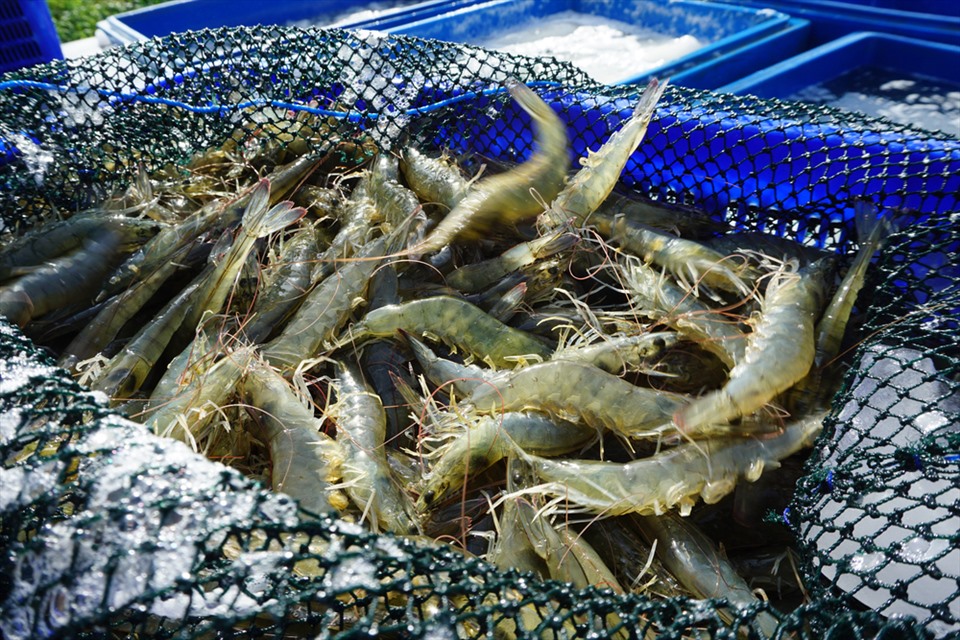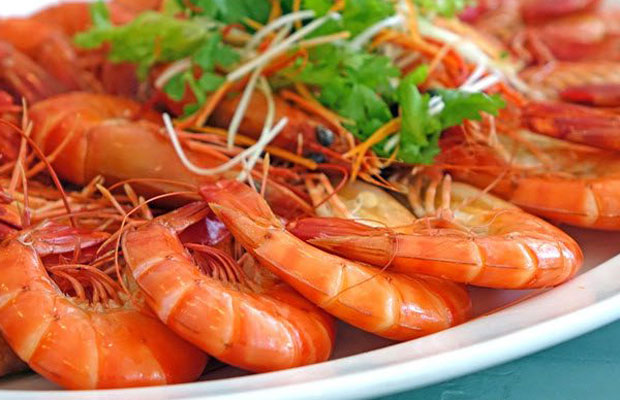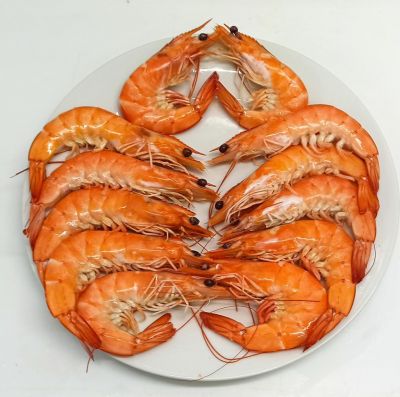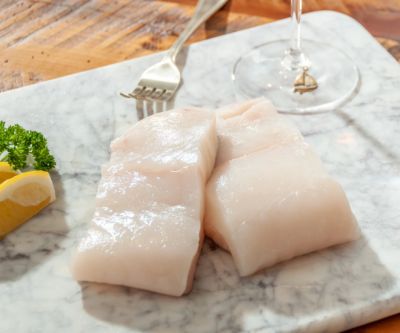On the evening of July 31 (morning of August 1, Vietnam time), U.S. President Donald Trump signed an executive order adjusting retaliatory tariffs on a wide range of countries, ranging from 10% to 41%. Several major shrimp-exporting countries to the U.S. are among those affected. Notably, India – the largest shrimp supplier to the U.S. – is now subject to a 25% retaliatory tariff, marking a major turning point for the global shrimp market. The competition in the world’s largest shrimp-importing country is being reshaped to become more unpredictable and intense, but also opens up new opportunities for those who can adapt swiftly. Vietnam – with strengths in value-added products – now faces both opportunities for advancement and significant tariff-related challenges.

India Loses Ground, Ecuador Rises
In the first five months of 2025, the U.S. imported 341,000 tons of shrimp – up 15% in volume and 24% in value compared to the same period last year. India led with over 133,000 tons, followed by Ecuador (95,000 tons), Indonesia (57,700 tons), and Vietnam (21,100 tons). The U.S. market's heavy dependence on Indian shrimp makes it particularly sensitive to this new 25% tariff, which, when combined with existing anti-dumping (2.49%) and countervailing duties (5.77%), results in a total tax burden of 33.26%.
Within days of the announcement, India’s domestic market was thrown into uncertainty. Farm-gate prices, which had surged in late July, immediately plateaued. Processing plants halted purchases, the rupee depreciated, and the industry began shifting toward domestic sales or boosting exports to the UK under the newly signed CETA agreement.
Meanwhile, Ecuador – a direct competitor in the low-cost peeled frozen shrimp segment – is emerging as a major beneficiary. With a lower retaliatory tariff of 15% and no anti-dumping duties, Ecuador’s total tax burden is just 18.78%. As U.S. buyers prioritize pricing stability and legal certainty, Ecuador has become an ideal alternative, especially as the country invests heavily in processing capabilities to move into higher-value segments.
Vietnam: The Door Opens, But It’s a Narrow Path
Vietnam is currently the fourth-largest shrimp supplier to the U.S. Although its volume lags behind competitors, Vietnam is known for its processed and value-added shrimp – the highest-priced segment in the market (averaging USD 11.22/kg in May 2025). This advantage becomes more pronounced as many U.S. importers seek to diversify away from heavily taxed markets toward suppliers with reliable, traceable, high-quality products.
Unlike Ecuador, which mainly exports raw shrimp at competitive prices, or India, which faces a steep 33.26% tax burden, Vietnam focuses on value-added, processed shrimp. These products typically yield higher profit margins, align with the premium consumption trends in the U.S., and are less vulnerable to direct price competition.
As the global supply chain adjusts from a prolonged surplus, shrimp prices have started to rebound. U.S. consumers are also adapting to a new pricing level – up 18% recently – which may allow Vietnamese suppliers to better leverage their strengths in processing, product variety, and quality.
Vietnam’s value-added shrimp has distinct advantages: high processing quality, food safety compliance, consistent supply, and established relationships with importers. While explosive growth may not be likely, the opportunity to solidify and sustain a high-quality market share remains feasible – if businesses can fully utilize these competitive edges.
Challenges in Low-End Segments and Competitive Pressures
Despite new opportunities emerging from India's tax disadvantages, Vietnamese shrimp still faces tough challenges:
-
Fierce Competition in Raw Whiteleg Shrimp: Ecuador's low tariffs and competitive pricing make it a strong contender. Vietnamese exporters in this category will struggle to grow market share without boosting productivity and cutting costs.
-
Black Tiger Segment Pressure from Indonesia: Although Indonesia faces higher anti-dumping duties, it retains strength in traditional black tiger shrimp products – a segment where Vietnam must improve quality to maintain its footing.
-
Rising Costs and Profit Margin Pressure: Higher tariffs mean increased costs. If exporters can’t pass those costs on to buyers, profit margins will shrink. Moreover, U.S. consumers may shift to more affordable products, reducing demand for premium shrimp.
Vietnam is also currently facing a 20% retaliatory tariff from the U.S., along with pending investigations on anti-dumping and countervailing duties. If these trade cases result in unfavorable outcomes, the total tax burden could exceed current levels – posing a major risk to profitability and competitiveness in the U.S. market.






